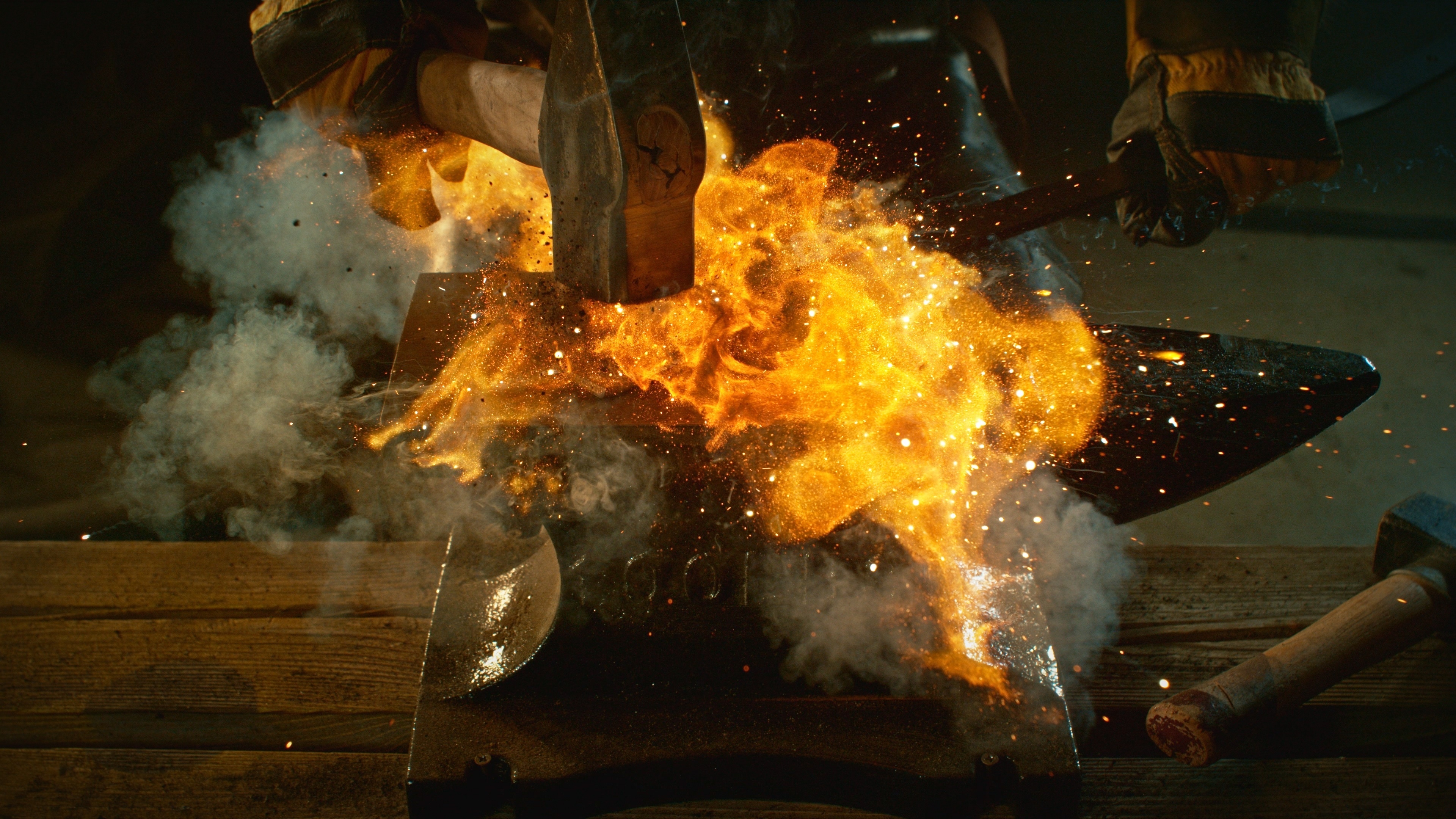
The demand for lithium-ion batteries has soared in recent years, largely driven by the ever-increasing use of electric vehicles and portable electronics, as well as the growing need for grid-scale storage of energy from renewable sources.
The increasing demand for lithium-ion batteries (LIBs) has in turn led to rising pressure on raw materials, and a growing volume of LIB waste generated by products reaching their end of life.
This article, which is the first of a two-part series on battery recycling, focuses on existing and future chemical recycling processes, and the regulatory measures that seek to drive change in this area.
The case for circularity
There are significant environmental concerns associated with natural resource extraction for LIBs – for example, the hazardous byproducts generated and high rates of energy and water used by mining – as well as the risks associated with disposing of hazardous LIB waste.
There are also increasing concerns about LIB materials as strategic resources. For example, battery grade lithium, graphite, nickel, and manganese were identified as strategic raw materials by the EU in the European Critical Raw Materials Act (which entered into force in 2024), and graphite and lithium were identified as minerals with “high criticality” in the UK’s Critical Minerals Strategy (first published in 2022).
Recycling of LIB material (both from manufacturing scrap and from post-consumer waste) is therefore becoming increasingly desirable, with local recycling being the ideal way to simultaneously enhance domestic resource security and ensure protection of the local environment.
Moreover, the fact that the volume of waste LIB material is expected to increase significantly over the coming years (e.g. from end-of-life EV batteries) can be seen as a great opportunity for recycling to be embraced more broadly.
Battery Policy in the EU & UK
In Europe, this desire has been reflected by regulators with the introduction of the EU Battery Regulation in 2023. Among other measures, the Battery Regulation mandates that certain types of LIBs used in the EU, including those used in electric vehicles (EVs), must eventually contain a minimum content of recycled material for specific elements.
For example, by August 2031, 6% of the lithium content of such batteries must have been recovered from battery manufacturing or post-consumer waste, increasing to 12% by August 2036. The mandated amounts of recycled material are summarised in the charts below.
Charts showing the amounts of recycled elements that the EU Battery Regulation requires to be present in new batteries by the target dates. Pb is lead, Co is cobalt, Ni is nickel, and Li is lithium.
Similarly, recycling has been recognised as a key part of the UK’s Battery Strategy (published in late 2023), in which it is noted that there have been significant investments in improving the UK’s LIB recycling capability and capacity.
Conventional chemical recycling
As noted in the 2024 edition of the Volta Foundation’s Battery Report, variants of a process called hydrometallurgy represented 95% of the global recycling capacity in 2024.
Simply put, hydrometallurgy is a chemical process in which metal ions are leached into solution from spent and mechanically processed LIB material and then separated from the solution to obtain metal salts which can (in the ideal circular pathway) be purified into battery-grade materials for re-use.
Hydrometallurgy can achieve high recovery efficiencies for target metals – for example, some hydrometallurgical processes have achieved lithium and cobalt recoveries of up to 99% (under optimum conditions and using strong inorganic acid).
However, conventional hydrometallurgy methods often involve high cost and relatively high energy consumption, require the use of hazardous chemicals, can generate harmful secondary waste streams, and can suffer from long and complex process steps.
These disadvantages (together with the significant regulatory and economic push towards recycling) have led to significant research into optimisation of chemical LIB recycling.
New innovations & intellectual property
As a result, innovation in this field has been growing at pace in the UK and EU. For example, UK-based innovator Watercycle Technologies has recently announced a partnership with German company Primobius, specifically aiming to optimise battery recycling by combining Watercycle’s low-cost, high-yield mineral recovery systems with Primobius’ high-value battery material recovery technology.
Meanwhile, another German firm, Tozero, recently reported recovery of battery-grade graphite at an industrial scale. Their innovative recycling process is said to allow more than 80% graphite recovery, significantly more than conventional methods which can damage or lose graphite due to harsh process conditions.
Of course, innovation in any field should be accompanied by careful consideration of IP protection, and LIB recycling is no exception. According to the Espacenet patent search tool, 561 patents which mention lithium battery recycling in their Abstract have been published so far in 2025 alone.
At Mewburn Ellis, we are excited and well-equipped to help innovators shape their intellectual property strategy, while navigating the changing commercial and regulatory landscape in the field of battery recycling. Please don’t hesitate to get in touch with us: our team of technical and legal experts are always happy to help!
Rhys is a patent technical assistant working in the area of chemistry. Prior to joining Mewburn Ellis, Rhys was a post-doctoral researcher specialising in Polymer Additive Manufacturing and Analytical Chemistry. Rhys has a PhD in Polymer Nanocomposite materials from the University of Sheffield, and an MSci in Chemistry with a European Language (German) from University College London, where he was also recognised on the Dean’s list and awarded the Sondheimer prize for Organic Chemistry. Rhys joined Mewburn Ellis in 2024.
Email: rhys.williams@mewburn.com
Subscribe to Mewburn Ellis Forward
Our people
Our IP specialists work at all stage of the IP life cycle and provide strategic advice about patent, trade mark and registered designs, as well as any IP-related disputes and legal and commercial requirements.
Our peopleContact Us
We have an easily-accessible office in central London, as well as a number of regional offices throughout the UK and an office in Munich, Germany. We’d love to hear from you, so please get in touch.
Get in touch.png?width=100&height=100&name=Rhys%20Williams%20circle%20(Conflicted%20copy%20from%20LAPTOP10-009005%20on%202024-12-17).png)
.png)
